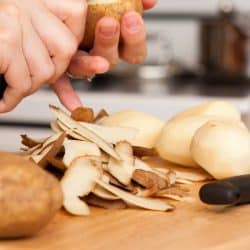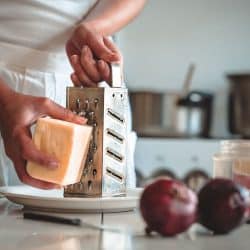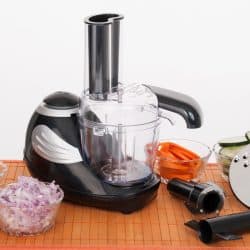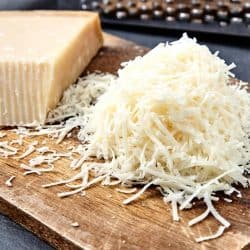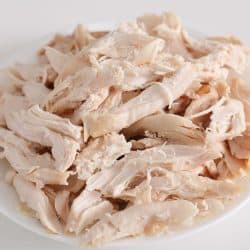From coleslaw to carrot cake, a lot of fantastic dishes call for grated or shredded vegetables. How do you get your produce from the store ready to use in these recipes? If you have a food processor, you can do it in no time flat. We've scoured different resources, and while some elements vary by vegetable, here's a general outline:
- Wash and peel your vegetables if necessary.
- Cut them to fit your food processor.
- Set up your food processor with the grating disc for most vegetables or the slicing disc for leafy greens.
- Feed the vegetables through the chute with the plunger as you run the food processor.
We'll look at these steps in more detail and give you some insights into the best recipes and uses for shredded vegetables. We'll even take a look at why you should be shredding your own cheese at home. Keep reading to find out more!
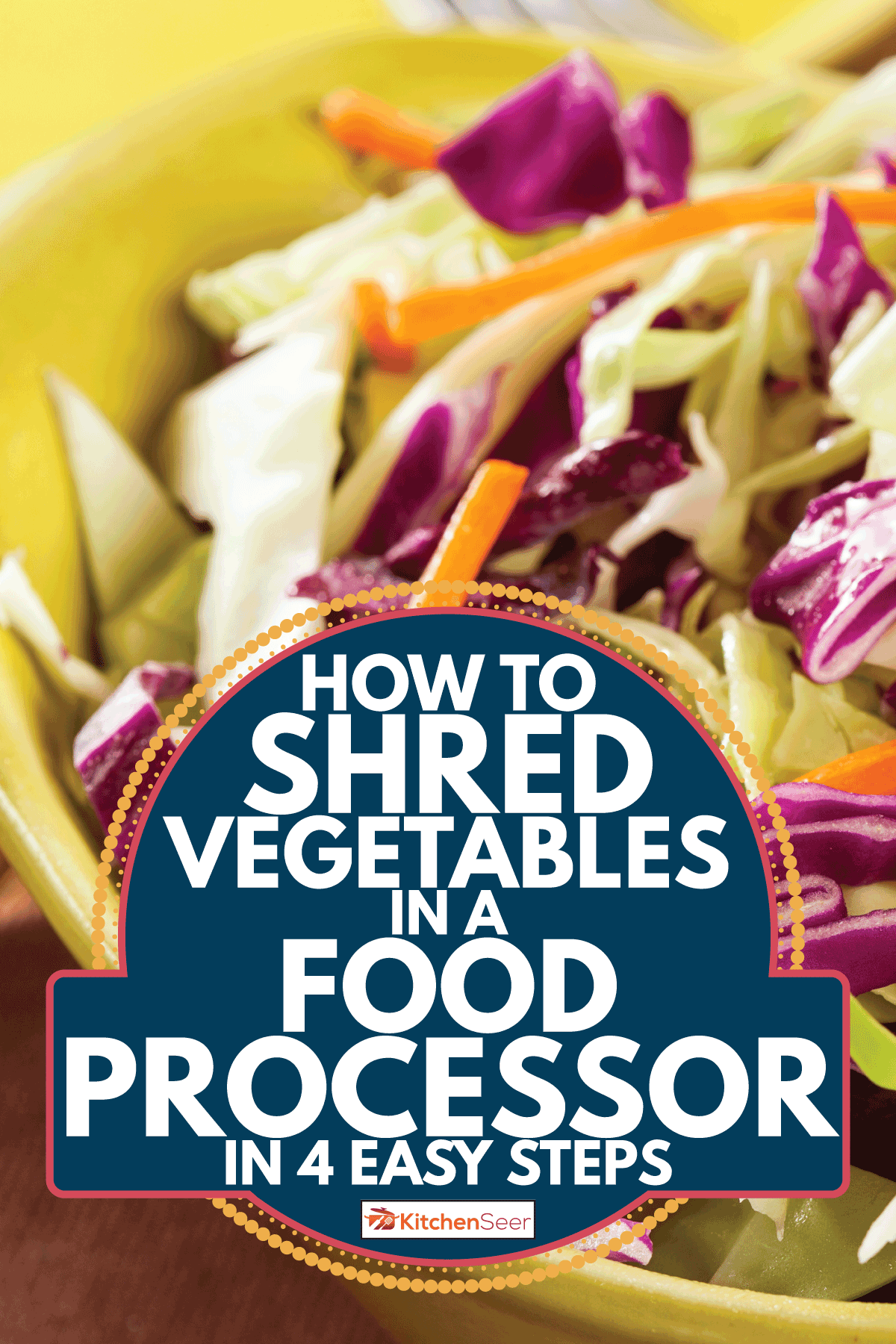
Shredding Carrots And Zucchini

From salads to cakes, shredded carrots and zucchini have a host of uses. Let's look at how to get them ready in detail.
Wash and peel the vegetables
Wash your vegetables under cool, running water, and scrub them with a vegetable brush. Peel your vegetables with a vegetable peeler, if desired for your recipe.
Click here to see this Swiss peeler on Amazon.
Cut your vegetables to fit your food processor
With a knife, cut the vegetables so they will fit the chute of your food processor. If they are too thick, cut them in half till they will fit. For long vegetables, cut them to manageable lengths.
Set up your food processor with the grating disc
Following the manufacturer's instructions, set up your food processor. To shred vegetables like carrots or zucchini, you will use the grating disc. Make sure everything is properly secured in place before proceeding.
Turn on the food processor and feed the vegetables through the chute
Feed the vegetables through the chute into the blade, and they will be shredded in a flash! Be sure to use the plunger when you're feeding the vegetables through to keep your fingers out of harms' way.
Shredding Cabbage
Whether red or green, savoy or napa, cabbages can also be shredded in the food processor. Since their leaves are already paper-thin, you'll use the slicing disc instead of the grating disc to shred them. See the steps in detail here.
Cut the cabbage in half length-wise
Put the cabbage on a large cutting board and locate the core where all the leaves attach. Cut the cabbage into two equal sections through the core with a sharp knife.
Always be careful when using a knife. Knives with a little more heft will make jobs like this easier, such as chef knives or santoku knives, like this one by Tojiro.
Click here to see it on Amazon.
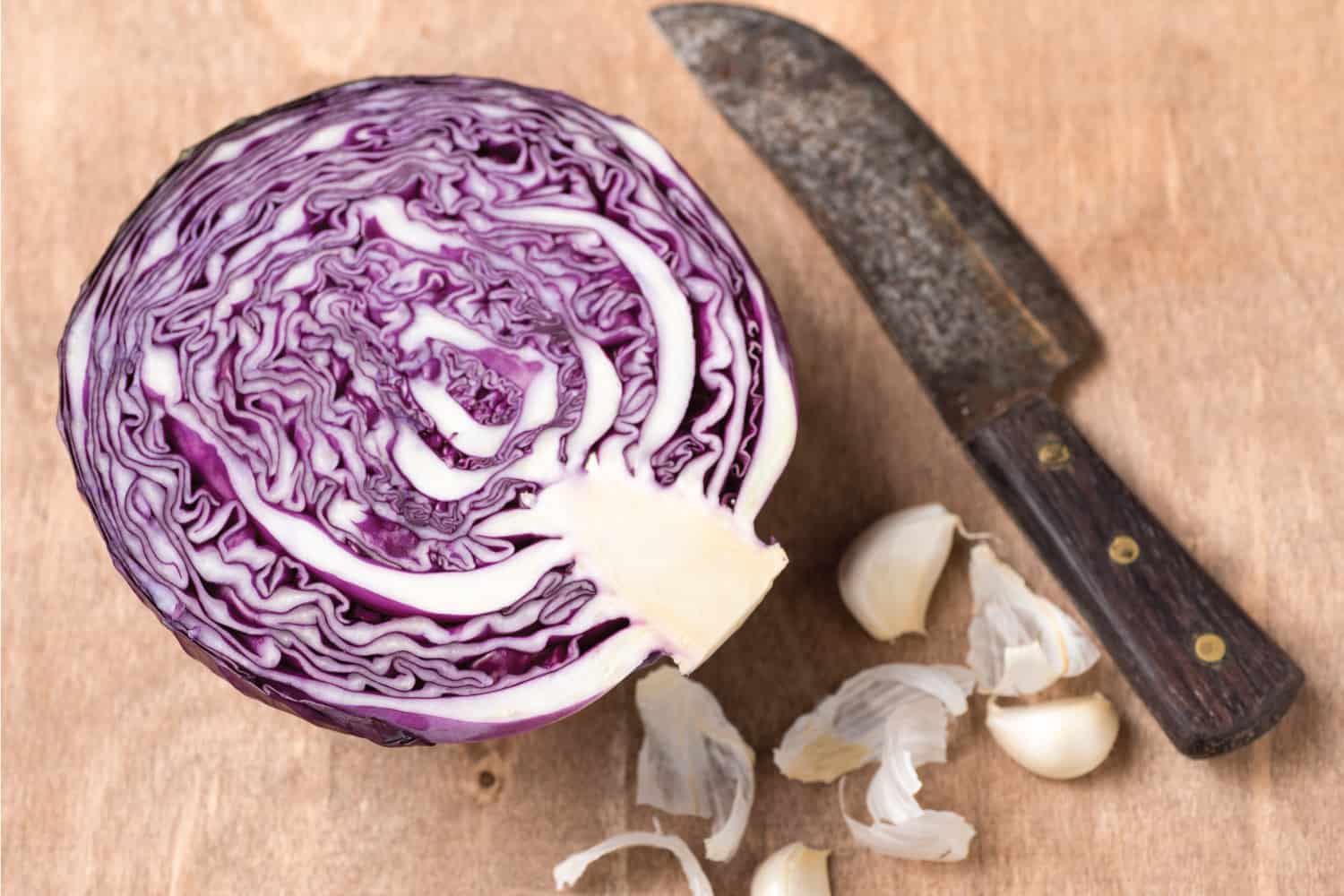
Remove the core
Use the tip of the knife to cut out the core. You can do this by making two diagonal cuts around the edge of the core. Insert the blade at about a 45-degree angle, so the cuts go all the way around the core. This can take some practice, so don't worry if you have to use multiple cuts the first few times.
Cut the cabbage to fit your food processor
Using the same large knife, cut the cabbage into wedges. The size of the wedges will depend on how big the chute for your food processor is. If one doesn't fit, you can just cut it in half.
Without the core holding them together, the wedges may fall apart. Don't worry; this won't affect your ability to use them in the food processor.
Assemble your food processor with the slicing blade
Steps for assembly may vary from model to model, so follow your food processor's instructions. Attach the slicing blade, also following the manufacturer's instructions.
Put cabbage pieces in the chute
Don't try to do them all at once! Just put in enough that there is still room for you to use the plunger.
Shred the cabbage
While pushing down with the plunger, hit either the on or pulse button.
Repeat with remaining cabbage pieces
Continue to shred the cabbage until you have as much as you want. It's now ready to make great recipes, like the Seriously Good Homemade Coleslaw from Inspired Taste.
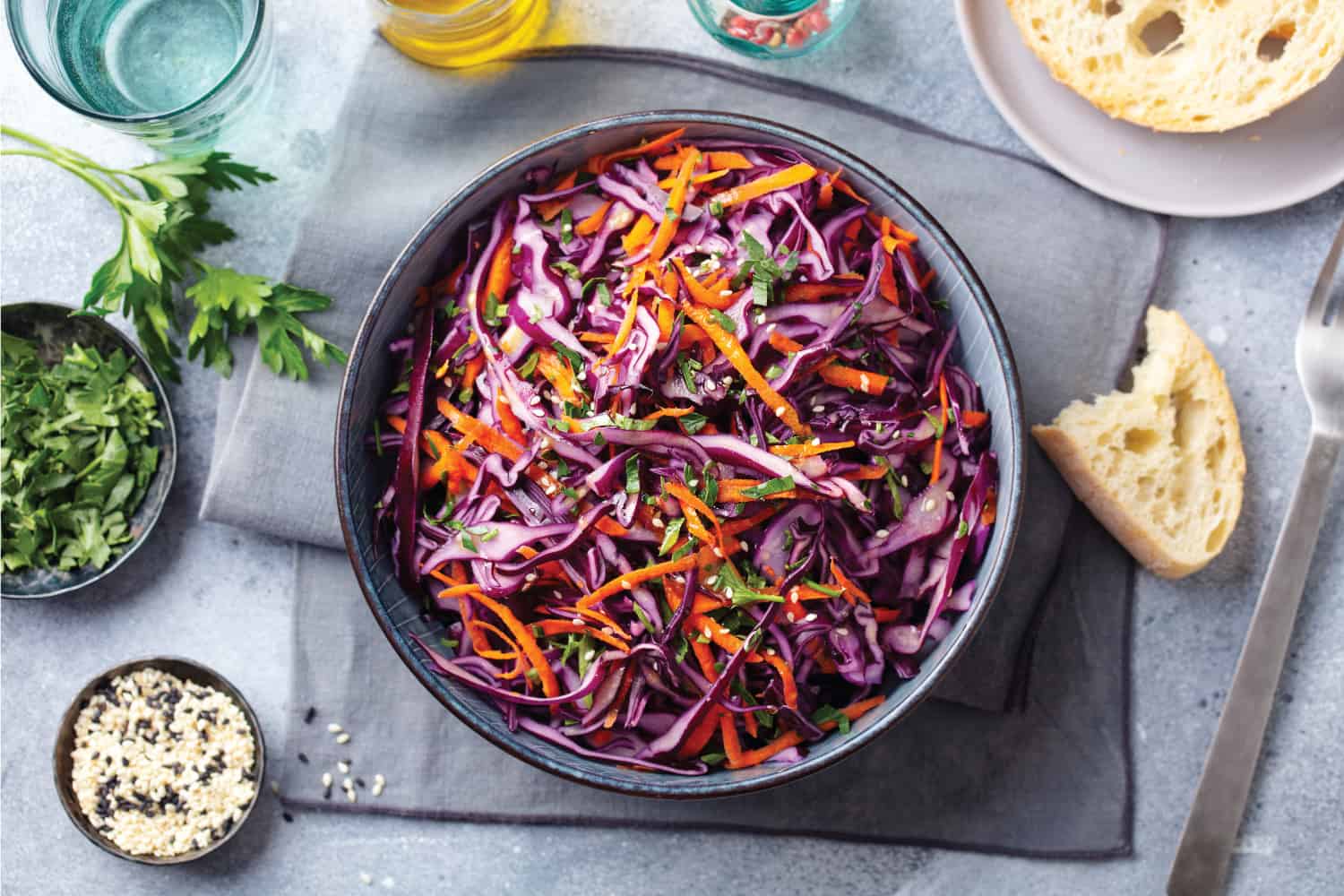
How can I use shredded vegetables?
Shredded vegetables are nutritious, filling, and belong in any number of great recipes.
Salads and Garnishes
Vegetables like the carrots and zucchini we saw earlier don't often make their way into recipes raw, but they can be enjoyed without cooking after shredding. You can add them to your favorite salad to add variety to its texture and nutritional profile. You can also make them the base of a salad, like in this class French carrot salad from Once Upon a Chef.
Shredded cabbage can also be enjoyed raw as a side salad to get some more nutrition into any meal. Coleslaw is always a welcome addition to a barbecue. If you're in an eastern mood, try this Japanese tonkatsu recipe from Sous Chef, a fried pork cutlet that is served with shredded cabbage with a miso dressing.
Shredded vegetables can also be used as garnishes to add color and texture to otherwise plain dishes.
Cooked
Vegetables that have been shredded also cook much faster than their thicker counterparts, meaning you can saute them for great results. This sauteed cabbage by Well Plated can be made in just 20 minutes, and the apple cider vinegar makes it a great foil to heavier mains.
Another great way to use your shredded veg is in fried fritters, like these from Budget Bytes. You can serve them as an appetizer, side, or the centerpiece of a light meal.
These sumptuous strips of vegetables aren't just for sides and accents. They can carry their own heavy-hitting main dishes, such as in this zucchini casserole from Macheesmo.
Baked Goods
If you're in the mood for something a little more decadent than a simple salad, why not bake with your shredded vegetables?
We don't know what genius had the counter-intuitive revelation to put carrots in cake, but we thank them dearly. If you want to indulge in the hedonistic side of vegetables, this moist carrot cake with cream cheese frosting by Inspired Taste will not disappoint. And, of course, no discussion of how to best use your shredded zucchini would be complete without a recipe for homemade zucchini bread, like this one from The Wholesome Dish.
How do you shred carrots without a food processor?
Food processors make shredding carrots a breeze, but they're not in all kitchens. If you don't have a food processor, you can shred carrots using a grater. You can use a hand-held grater, but a box grater will give you more stability and make the process faster and easier, especially if you have a lot to go through. This box grater from OXO includes a base container to catch and store whatever you grate as well as a detachable zester for your fine grating jobs.
Click here to see this shredder on Amazon.
The video below will show you the basic technique for shredding carrots with a box grater:
What is the difference between shredding and grating?
Shredding and grating are very similar processes. You typically use the same equipment and general technique for both. The main difference is the end product's dimensions; shredding results in longer strips while grating results in short fragments. The difference in technique is which holes you use on your grater: the larger holes shred and the smaller holes grate.
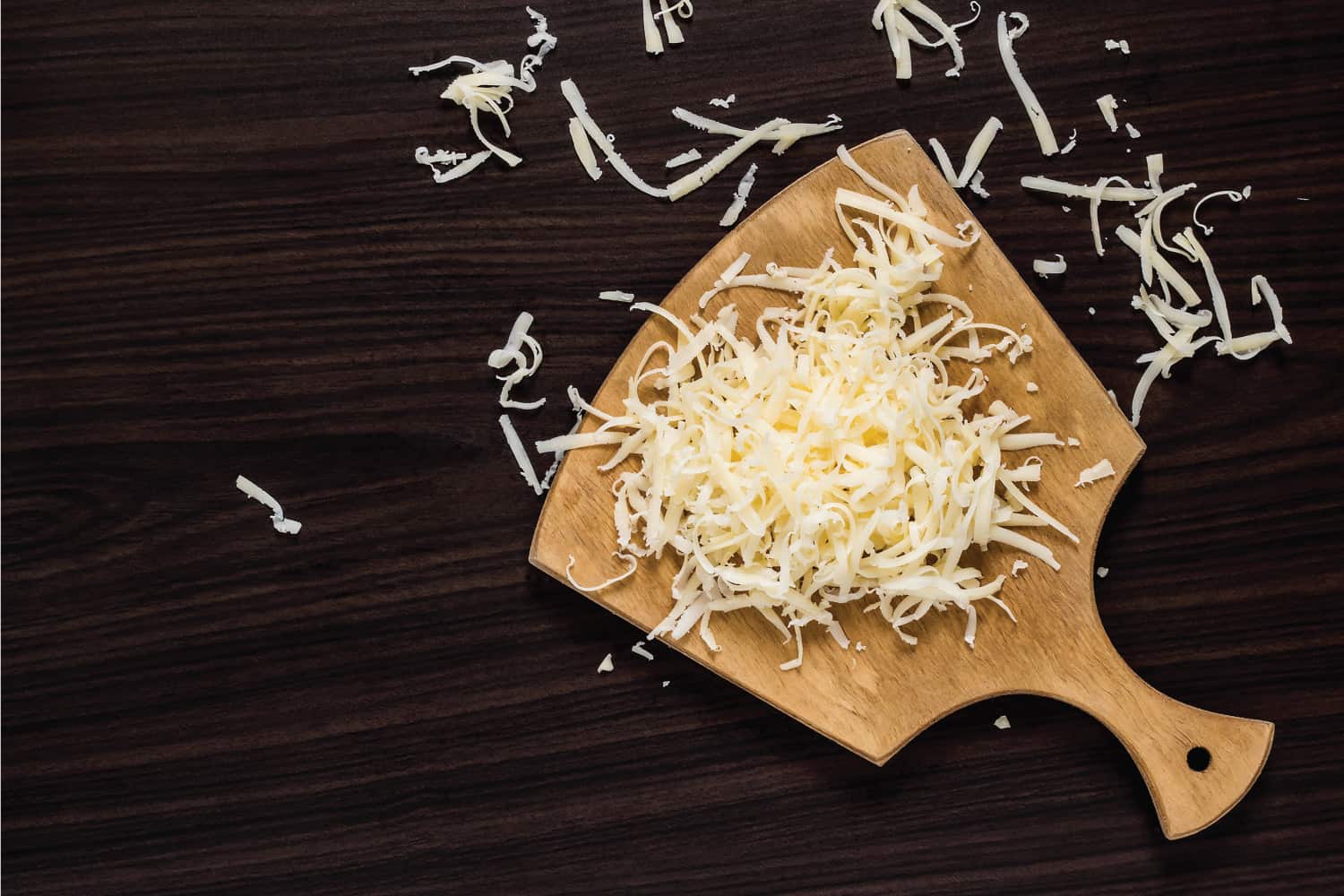
Can I shred cheese with a food processor?
You betcha! Cut a block of cheese into pieces that will fit your food processor and run them through with the grating disc. You'll have great shredded cheese in seconds that you can use to top salads, mix into scrambled eggs, or melt into a gooey cheese sauce.
See how to do it in a snap in the video below:
Benefits of shredding cheese yourself
Not only does shredding cheese in a food processor take mere seconds, but it also saves you from unwanted additives. Bagged shredded cheeses typically contain anti-caking agents like cellulose and calcium sulfate. This helps prevent the cheese from sticking together and last longer. However, these same additives prevent cheese from properly melting, resulting in cheese sauces that separate and have a mealy texture.
The bagged cheese is perfectly fine for topping a salad or some tacos, but if you want creamy mac and cheese or a gooey nacho cheese sauce, we recommend you shred it yourself.
Final Thoughts
From slaws to baked goods, shredded vegetables can always find a way into your recipes and stomachs. Armed with a food processor or box grater and the tips we've discussed today, you will be ready to shred your vegetables and cheese at home for any occasion.
So the next time you're tempted to reach for that bag of pre-shredded vegetables or cheese at the grocery store, feel confident knowing you don't need it. Enjoy the satisfaction and savings of your own home shredding.
If you're thinking of buying a food processor, get the skinny on price points in our article "How Much Does A Food Processor Cost?"
If you already have a food processor and want some more inspiration, read all about slicing potatoes in a food processor for some great tips and recipes.




![A food processor on a white themed kitchen with other kitchen appliances on the background, Can You Shred Cabbage In A Food Processor? [Here's How To]](https://kitchenseer.com/wp-content/uploads/2020/10/A-food-processor-on-a-white-themed-kitchen-with-other-kitchen-appliances-on-the-background-250x250.jpg)
